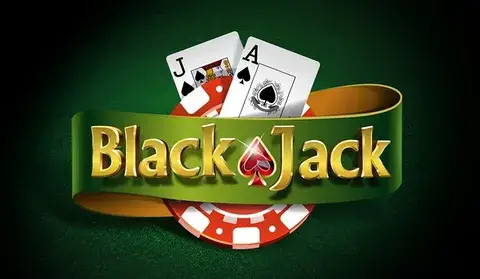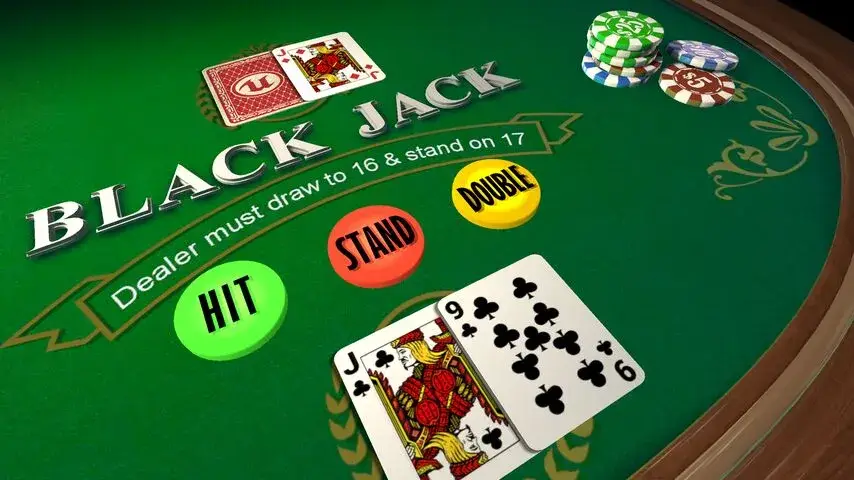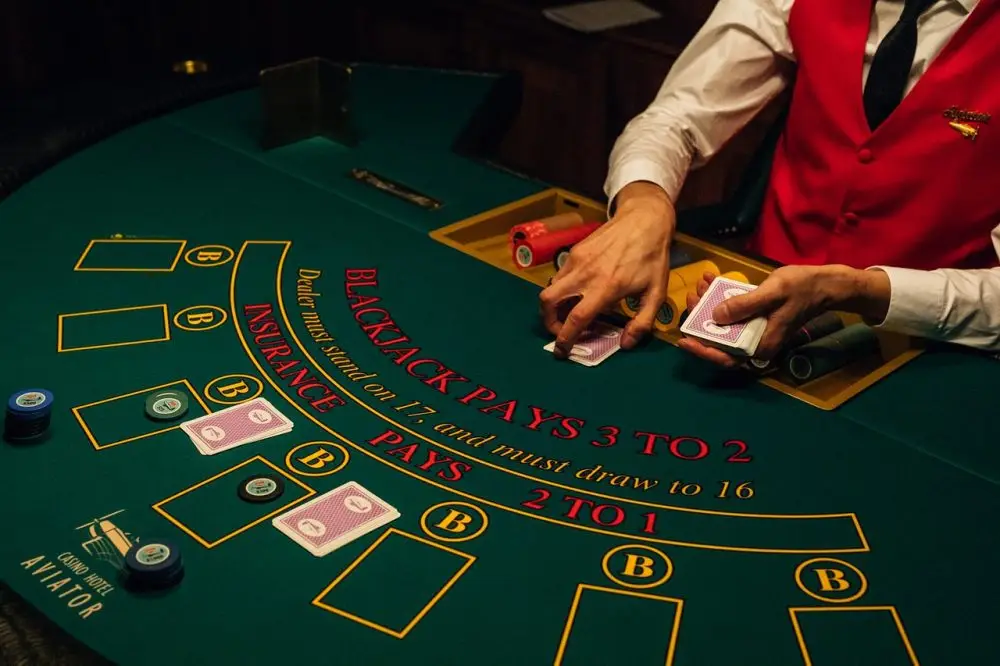Blackjack has gained recognition due to its balanced combination of calculation and excitement. The classic format allows you to make combinations of several cards, trying to get as close as possible to 21 points. At the same time, participants confront the dealer, and success often depends not only on the share of luck, but also on the ability to analyze the layout. For some beginners, the biggest questions are raised by the scoring mechanism, especially when it comes to senior values. There are various myths about the number of points that figures provide, although the system for counting them is relatively simple. Therefore, it is important to understand how many points cards give in blackjack in order to avoid mistakes when forming a hand.
Features of counting and basic principles: how many points do cards give in blackjack
It is generally accepted that all digital cards from two to ten have a denomination corresponding to the value. Cards with the number 10, as well as “Jack”, “Queen”, “King” traditionally bring the same amount of points. In the classic version, each of these positions is valued at 10 points. At the same time, the ace has special properties, since it can be considered as either 1 or 11 – the choice of option is made automatically in the player’s hand so that the final sum does not exceed 21.
For those who are just getting acquainted with the board game, the principle of “10 points for any pictures” sometimes seems too simplified. But such a system is the basic and long-standing basis of the format, including major tournaments and casinos around the world. At the same time, the answer to the question of how many points cards give in blackjack, in most cases comes down to one formula: all senior (Jack, Queen, King) are equal to 10.

According to the classic rules, the total hand score is determined by adding up all the denominations. For example, the combination of “King + 8” will give 18. The combination of “Jack + Queen” – 20. An Ace, depending on the current combination, will add either 1 or 11 to the existing result.
Basic principles:
- Do not exceed the threshold of 21 points. Any value above 21 leads to an immediate loss of the bet.
- Remember that the dealer is obliged to collect cards up to 17. This is a strict rule in all classic variations.
- Deciding whether to use Double Down, Split or Insurance depending on the dealer’s first card and the value of your own hand.
Jack, Queen, King cards and their role in strategies
 Experience shows that many players underestimate the contribution of face cards not only because of their equal value, but also because of potential scenarios. In terms of strategy, the value of the pictures can significantly affect the probability of collecting the optimal combination. High cards are often associated with high chances of a strong hand, but there are also certain risks.
Experience shows that many players underestimate the contribution of face cards not only because of their equal value, but also because of potential scenarios. In terms of strategy, the value of the pictures can significantly affect the probability of collecting the optimal combination. High cards are often associated with high chances of a strong hand, but there are also certain risks.
For example, the Jack and King can often be combined with the Ace, forming a blackjack (21 points from two cards) – the highest layout, which is usually paid at a ratio of 3:2. At the same time, combining two figures brings the participant to 20 points, which practically guarantees a minimal risk of losing. The only serious obstacle remains the potential win of the player or 21 for the dealer.

The question of how many points cards give in blackjack is resolved unambiguously in all classic versions: “Jack”, “Queen” and “King” bring 10. The difference in names does not affect the final assessment of the hand. Taking this fact into account, many seek to calculate the chances of falling out of figures with a large number of remaining decks. The game can use from one set (52 cards) to eight. With a large deck massiveness, the abundance of tens and pictures gives increased chances of winning.
How many points do cards give in blackjack: the influence of the number of decks
The classic single-deck version allows you to more often predict the order of the falling out of the face cards. Theoretically, it is possible to more accurately understand their remaining number. But in most large casinos there are 6-8 sets, because a larger number of them complicates the calculation.
At the same time, the main rule about the denomination of “Jack”, “Queen”, “King” remains unchanged. As the decks get bigger, the frequency of aces changing and the overall mathematical expectation shifting. Calculating the odds of winning requires more in-depth analysis. In multi-deck games, casinos often introduce continuous shuffling machines to mix the cards after each deal. This measure minimizes the possibility of somehow predicting the appearance of a Jack, Queen or King.
Counting details: when and how to count figures
In any version of blackjack where the classic system is in effect, the player strives for a sum of 21. The value of figures remains extremely important. Often, after receiving a Jack or King, a decision is made on an additional card, because the hand can reach a strong level already on the next draw.
For example:
- If the combination contains a Jack and 7, the final score is 17. This is a borderline situation in which the risk of busting is too high, but there is a chance to improve the layout.
- If you have a “Queen” and an 8, you get 18, which is one of the most stable combinations.
- A pair of figures (for example, “King” and “Queen”) gives 20. This is one of the strongest combinations, and an additional card draw is practically meaningless, since the probability of busting is high.
At the same time, it is worth remembering that the correct tactics are not only knowing how many points cards give in blackjack, but also making competent decisions taking into account the dealer’s denomination. If the dealer has an ace or a ten, the risks are higher, since he can collect a winning set. If the dealer has a 2 or 3, then the player has a statistical advantage, since the leader has a high chance of busting.
Conclusion
 Understanding the mechanics of scoring, especially in relation to the pieces, helps to better allocate power and calculate the probability of winning at the table. For individuals looking to gain an edge over the casino, a basic knowledge of how many points the cards are worth in blackjack becomes the starting point. Jack, Queen, and King are all rated at 10, making it easy to count a hand. This feature is the most important argument when deciding whether to top up, double down or the possibility of splitting a pair.
Understanding the mechanics of scoring, especially in relation to the pieces, helps to better allocate power and calculate the probability of winning at the table. For individuals looking to gain an edge over the casino, a basic knowledge of how many points the cards are worth in blackjack becomes the starting point. Jack, Queen, and King are all rated at 10, making it easy to count a hand. This feature is the most important argument when deciding whether to top up, double down or the possibility of splitting a pair.
 en
en  ru
ru  de
de  ar
ar  es
es  hi
hi  fr
fr  nl
nl  it
it  pt
pt  el
el 



